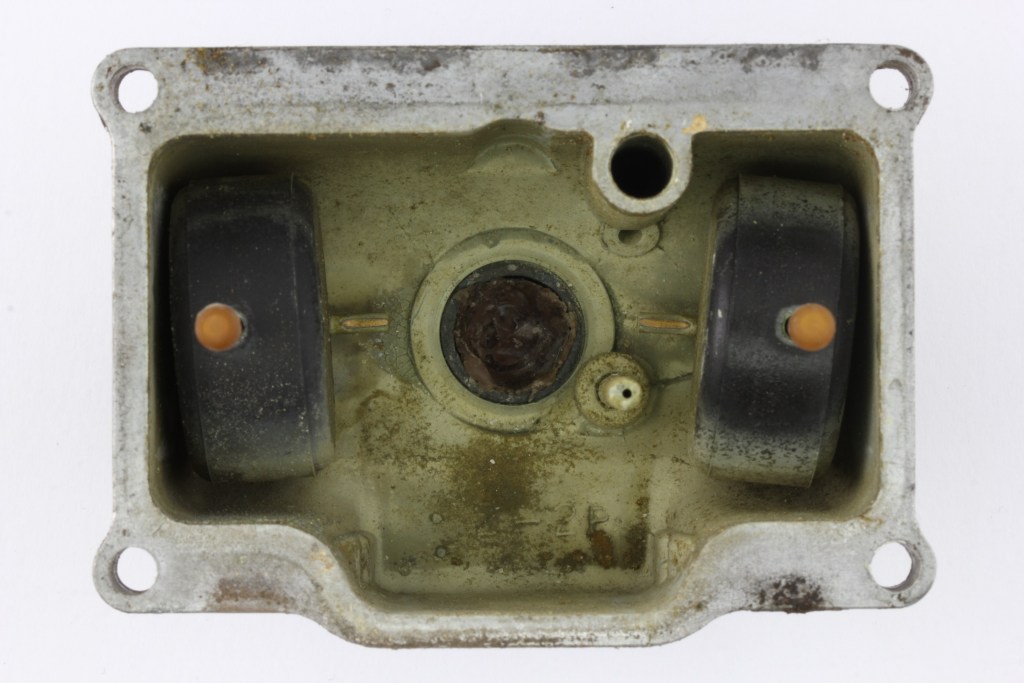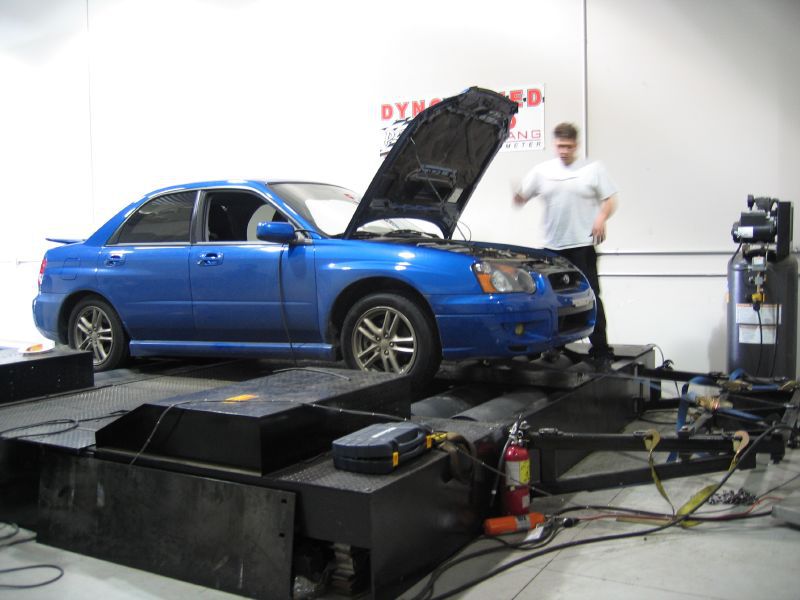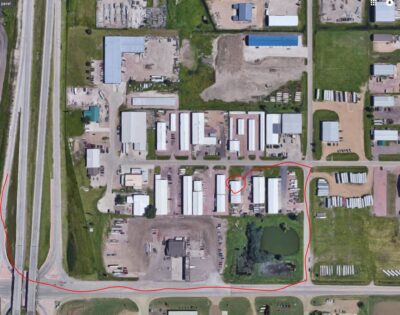Lawnmower Won’t Start? Do this. John Baker|Jul 03, 2019 1:48 PM A lawnmower that won’t start, especially when taken from storage, is almost always due to one problem: bad gas. Storing a lawnmower in the fall without adding gasoline stabilizer to the fuel tank can cause the fuel to break down and plug the fuel passages. If fixing […]
You are browsing archives for
Tag: sioux falls
Top 5 Mods for Your Turbo Subaru
Top 5 Mods for Your Turbo Subaru Austin Torvinen|Jun 11, 2018 8:00 AM So you’re now a part of the worldwide Subaru Community. You wave to other WRX and turbocharged Subaru owners on the road. And you can’t wait to start modifying your car. But where should you start? There’s an endless amount of aftermarket support for […]
Introducing the Three Newest AMSOIL Prod...
Introducing the Three Newest AMSOIL Products Jamie Jarvi|Aug 08, 2018 1:28 PM AMSOIL is well-known for its products that protect the internal parts of an engine. But you may not know about our products that protect the outside of your vehicles and equipment, too. Hot on the heels of the revolutionary new SEVERE GEAR easy-pack, we’re excited […]
We’re moving to the Tea exit soon!!
The Synthetic Warehouse will be relocating to the Tea Exit One block east and one block north then a left turn to the west. 47073 98th St – Sioux Falls Basically just behind the SE corner of the Marlin’s parking lot. The store can be accessed (although not easily) through the lot and the weeds. […]



